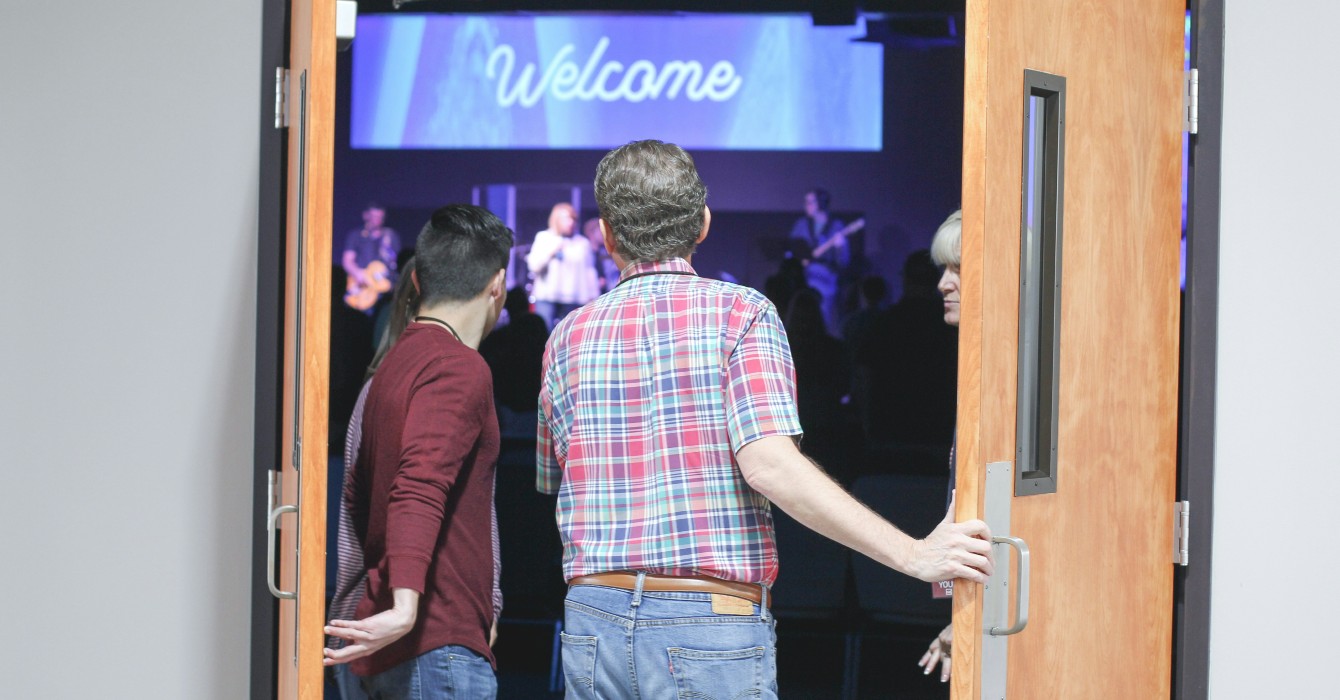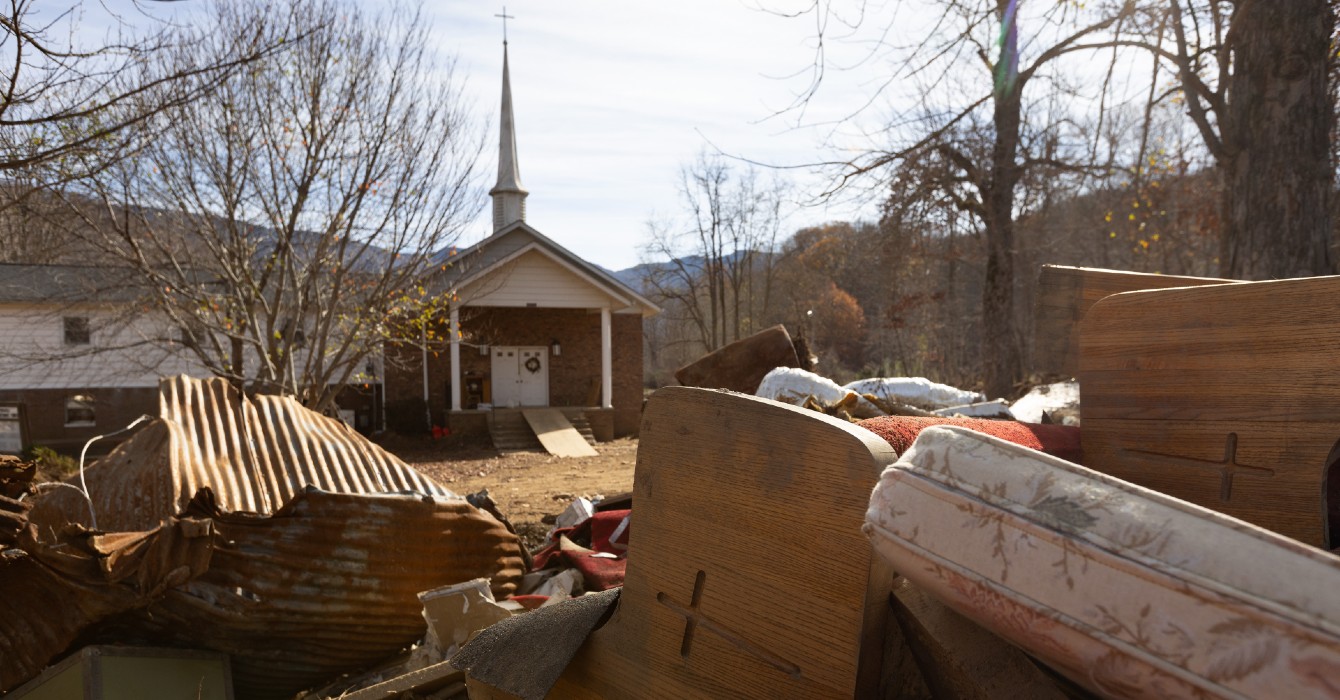In 2017, I was the pastor of a small-membership church, and my wife was a youth pastor at a church in the next city over. A week before Christmas, our 6-month-old daughter woke up with a high fever and a nasty cough. Her breathing was so labored that we took her to the emergency room.
She was admitted and put on oxygen. The doctors assured us that she would be fine -- she had a bad case of RSV, which just needed to run its course. But for the next three days, she lay in her crib, an oxygen tube in her tiny nostrils, an IV in her tiny arm.
For a parent, there are few things more gut-wrenching than sitting helplessly beside the crib of your sick child.
For a young pastor married to another young pastor, there is no worse timing for such a crisis than mid-December. Between the two of us, we had a combined five Christmas services that needed to be planned and executed.
But it was this experience that really drove home to me the power of relationships in a small-membership church.
One day, while my daughter was napping, I called one of my lay leaders to talk through the rapidly approaching services.
My parishioner picked up the phone with a curt but well-meaning greeting: “Why are you calling me? Don’t you have other things to worry about right now?”
She knew me, and with those first comments, she let me know that she cared about me.
Rural and small-membership churches are places that depend on deep relationships. Carl Dudley has argued that small-membership churches are often single-celled organisms, with that single cell functioning as a caring unit.
Within a small church, the members tend to each other. If someone is sick, meals are arranged almost spontaneously. If a parishioner needs something from the church but can’t ask, other members will reliably let the pastor know. If someone has a small business, members are sure to shop there.
Members of the small church depend on one another -- for connection, for friendship, for help.
Like most strengths, this can have a negative side. At times, small-membership churches have been criticized for focusing too much on internal relationships -- an inward focus that can inadvertently close the community off from the outside world. It can be difficult for new members to gain entrance to that caring cell.
Yet with the world locked into physical distancing and isolation, I’ve been thinking a lot about the positive side of those relationships, that sense of community. In times of sickness and anxiety, it can be a powerfully sustaining force. It is one of the principal gifts of a small church.
I was the beneficiary of that calming gift that day on the phone. I explained that there was a lot of stuff to get done: people who needed to be called and visited, services that needed to be planned.
“We can handle those things,” my parishioner said. “Your daughter is in the hospital. You can call me when you’re home again.”
I was overwhelmed, both by the way my church cared for me and my family and by the leadership demonstrated by this depth of care.
Much of my work now is helping leaders of small-membership churches grow their confidence in organizational and institutional leadership, so that they can claim their role as anchor institutions within the community.
But what happens when church committees don’t meet in person and Sunday worship happens virtually or over a conference call?
I think this is when the strengths of the small-membership church are most apparent.
The early church persisted in part because it was networks of small groups that met when they could. This allowed the church to spread beneath the radar of those who wanted to stamp it out.
Our small churches today continue to exist for the same reason -- deep relationships that draw people in and form them in community.
During the pandemic, I’ve been captivated by the stories of leadership I’m seeing in small churches. Pastors who print weekly devotionals and Bible studies and deliver them to parishioners -- a friendly but physically distant presence waving at members through the window, reminding them they are not alone.
Lay leaders who organize phone trees to make sure everyone is checked on and connected with a friendly voice. Leaders who host conference calls where people can share their prayer requests and have others respond.
On Palm Sunday, we received a text message from the volunteer children’s director at the church where we attend and volunteer as youth pastors. “You’ve been egged,” it said.
Out in the yard were 24 brightly colored plastic eggs. A gift bag with a palm leaf and a book about ducks -- my daughter’s favorite animal -- was on the porch.
In place of the community Easter egg hunt, volunteers were scattering eggs in the yards of the kids and surprising each with a personalized goody bag.
As my daughter ran around the yard, I found myself grateful for the community that knew us and remembered us, a community that reminded us we were still cared for and were not alone.
In this time of uncertainty, we might turn to the small-membership church for guidance and wisdom. We can learn from the ways that leadership in a small church is not bound by established institutional channels -- the ways that committed silos break down over family dinner conversations, that pastoral care is shared among all the members.
My daughter’s RSV was not COVID-19, but when I lingered in the uncertainty of her illness, I depended upon the relationships, the compassion and empathy, that were foundational to my church.
In a world where “social distancing” is now common language, the small church can help us recover this formational life of community, forged through deep relationships that sustain us even in uncertain times.













